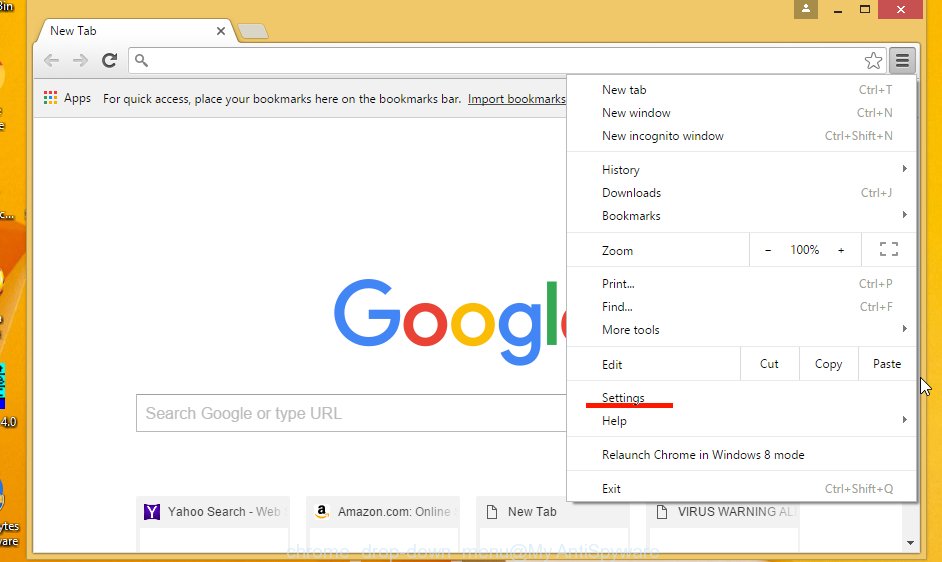5 Essential Tips for Pre Qualifying Traffic Using PPC Ads You Need to Know

As an online business, the chances are you base some of your measures of success on the fact that you have a higher click-through rate, as well as a high conversion rate.
The higher these figures, the better off you’re doing. However, you want to make sure you’re getting the right people click-through that will turn profitable and keep coming back for more.
While it’s true that writing a high-quality and targeted piece of copy could give you a lot of what you need to filter out the unqualified traffic coming to your website, using optimized targeted ads, you’ll be able to filter through unqualified leads from the word go.
The more qualified leads and traffic you have, the better off you’ll be able to turn away unwanted users to your business, and ultimately the more genuine your customer base will be.
With all this in mind, today we’re going to explore five tips to help you prequalify your traffic using PPC ads.
#1 – Define your Audience
The absolute first step you’re going to need to take is to define exactly who your preferred and qualified audience is, therefore gathering everything you need to know who to design your ads and copy towards.
You can do this by researching your current audience and your current customers, and then mixing this information with who you would like to be targeting. The more precise you can on this step, the more optimized your ads will be.
#2 – Use Optimised Wording
The wording you use in your PPC ad content is so important because it will determine the type of audience you have clicking through to your content.
This is perhaps one of the most important things to remember when it comes to writing ad content because it will define who qualifies or not.
“For example, if you’re using keywording like ‘bespoke, tailor-made or luxurious,’ this immediately creates an expensive impression.
This means anybody looking for a cheap and affordable deal, or quantity over quality, will simply go elsewhere without clicking on your ad; thus, prequalifying your traffic.
#3 – Have a Focus on Numbers
Another extremely common way to prequalify the traffic through your ads is to have numbers in mind while you’re running the ads and to design them in the first place.
There are plenty of figured criteria you can think about, but the more specific you can be, the more detailed and targeted you can make your ads.
For example; you can list using age, income, business income, generation, number of children, number of certain products, number of cars, and so on. Get creative!
#4 – Run Tests on Your Ad
If you’re not already A/B testing your ads, it’s absolutely imperative that you’re doing so.
The value of creating two slightly different ads and then running them to see which works best is a process that can never be understated, especially since there’s also room to improve.
“It’s important to make sure you’re tracking your ads and seeing which gets the best results, so you know what works and what doesn’t.
Be prepared to think outside the box, and don’t be afraid to get creative and try something new to start out and grab your audience’s attention” explains Sarah Hardy, an SMM at OX Essays and State of Writing.
There’s so much potential as to what you change and tweak.
From the text content and the images you’re using to the color scheme and even who you’re targeting and where, make sure you’re experimenting slightly, recording the results, and then using this information to help you make the best decisions in the future.
#5 – Enhance Your Ad
If you’re using a platform like Google Ads, you’ll have the ability to add callout extensions to your ads which provide the user with more information to help them make their choice about whether the ad is best for them or not.
This is an ideal feature to use because it will define who clicks on your ad because they’ll be able to see whether it’s relevant to them or not.
You can fill anything you want into this box, but typically you’ll include price and product information to help create the optimal idea of what you’ve got to offer.





